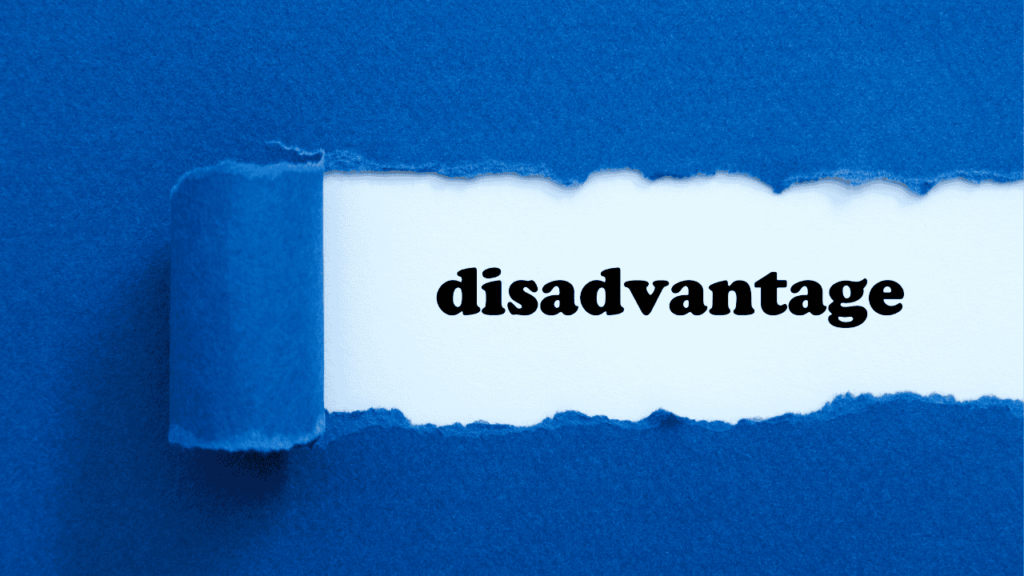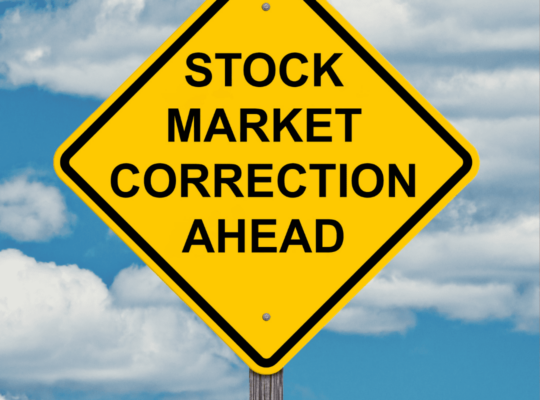
Investing wisely is all about finding the right mix of risk and reward that fits your financial goals and comfort level. For investors who are cautious or only moderately comfortable with market ups and downs, a fund that blends both stocks and bonds can be an excellent option. These are known as balanced advantage funds. In this guide, we will explain in simple terms what balanced advantage funds are, how they work, their advantages and disadvantages, and who might benefit most from investing in them.
Table of Contents
The Challenge with a Volatile Market
The stock market does not always move in a straight line. At times, it can be very unpredictable, making it challenging to decide when to buy or sell stocks. Investing in stocks during these unstable periods might expose you to the risk of lower returns or even losses if the market turns downward. While long-term investors may prefer pure equity funds because of their high growth potential, these funds can be too risky for someone who prefers a more cautious approach. This is where a mix of stocks and bonds comes into play, providing a cushion when the market is shaky.
What Are Balanced Advantage Funds?
Balanced advantage funds, sometimes called dynamic asset allocation funds, are a special kind of mutual fund. Unlike traditional funds that maintain a fixed mix of stocks and bonds, balanced advantage funds change their mix according to current market conditions. They use a systematic approach, often based on mathematical models, to decide how much of the fund should be invested in stocks (equity) and how much in bonds (debt).
To enjoy the same tax benefits as equity funds, these funds are required to hold at least 65% of their assets in stocks (and related instruments like arbitrage) while investing the rest in bonds. This flexibility to change the mix helps the fund take advantage of good market opportunities while also protecting the investor during market downturns.
How Do They Adjust Their Investments?
The key feature of balanced advantage funds is their dynamic approach. They adjust their investment mix based on the economic environment:
- During Market Downturns: When the market is not performing well and stock prices are low, these funds tend to increase their investment in stocks. The idea is to buy when prices are lower, hoping to capture the growth when the market recovers.
- During Market Upswings: When the market is strong and stocks are doing well, these funds might shift a larger portion of their investments into bonds. Bonds are generally safer and provide a steady income, which helps lock in some gains and reduce overall risk.
There are two main strategies that fund managers use to adjust the portfolio:
- Counter-Cyclical Model: This approach involves buying more stocks when the market is weak (buy low) and selling some when the market improves (sell high). It relies on valuation metrics like price-to-earnings (P/E) or price-to-book ratios to decide when to adjust the mix.
- Pro-Cyclical Model: In this strategy, the fund manager follows the current market trend. When the market is strong, the fund increases its stock holdings; when it weakens, it reduces exposure to stocks. This method uses trend indicators, such as moving averages, to help make decisions.
Growth and Performance in Recent Years

In recent years, especially in markets like India, balanced advantage funds have seen significant growth. The total amount of money invested in these funds—known as assets under management (AUM)—has doubled over the past five years. For example, AUM increased from around INR 60,000 crores in 2018 to about INR 1,20,000 crores by 2023, and by the end of 2024, it had grown further to nearly INR 1.4 lakh crores. This rapid growth shows that many investors are choosing these funds because they offer a dynamic balance between risk and reward.
Historically, these funds have generated attractive returns over the long run, often delivering annualized returns in the double digits. On average, balanced advantage funds have provided returns in the range of 12% to 15% per year over the past five years. Some funds might have achieved higher returns by taking on a slightly more aggressive approach during favorable market conditions, while others have been a bit more cautious and returned slightly less.
Balancing Risk and Reward
One of the major appeals of balanced advantage funds is their ability to offer good returns without exposing investors to the extreme risks of pure equity funds. The bond component in these funds acts as a safety net, helping to protect the investment during market downturns. To measure this balance, investors often look at metrics like the Sharpe ratio—a figure that tells you how much extra return you’re getting for every unit of risk taken.
For instance, if a fund delivers an annual return of 14% while the risk-free rate (the return on a very safe investment) is 6%, and the standard deviation (a measure of volatility) is 5%, the Sharpe ratio would be calculated as follows:
Sharpe Ratio = (14% – 6%) / 5% = 1.6
A Sharpe ratio above 1.0 is generally seen as good, and on average, balanced advantage funds have a Sharpe ratio of about 1.87. This indicates that these funds are effective at managing risk relative to the returns they provide.
Another useful measure is Alpha, which shows how well a fund has performed compared to its benchmark index. On average, balanced advantage funds have an Alpha of around 10.10, meaning they often outperform their benchmarks by this margin. Meanwhile, Beta is a measure of how much a fund’s returns move compared to the overall market. With an average Beta of just 0.16, these funds tend to be less sensitive to market swings, suggesting lower volatility. In addition, the average standard deviation of balanced advantage funds is around 5.75, which further confirms their moderate risk profile.
Points to Consider Before Investing
Before you decide to invest in a balanced advantage fund, there are several important factors to consider:
- Asset Allocation: Look at how the fund divides its investments among large-cap, mid-cap, and small-cap stocks. This mix can influence the overall risk and return of the fund.
- Your Risk Appetite: Consider how much risk you are willing to take. If you prefer to avoid large swings in your investment value, you may want to choose a fund that leans more towards bonds.
- Financial Goals: Think about your long-term financial goals. If you’re investing for a significant future expense, such as retirement or a child’s education, a balanced advantage fund might help you grow your money steadily over time.
Disadvantages of Balanced Advantage Funds

While balanced advantage funds have many strengths, they are not without drawbacks. It is essential to understand both sides before making an investment decision. Here are some of the disadvantages:
- Complex Asset Allocation: Unlike simpler funds that maintain a fixed ratio of stocks to bonds, balanced advantage funds change their mix over time. The methods used to determine these changes can be complex and may not always be fully transparent to investors. This lack of clarity can make it hard to understand exactly how your money is being managed.
- Variation in Performance: Each fund house may use a different strategy to adjust their asset allocation. As a result, the performance of one balanced advantage fund can differ significantly from another. If a fund’s strategy does not align well with market trends, it may not perform as expected.
- No Guaranteed Returns: Despite their risk-management strategies, balanced advantage funds are not immune to losses. In a significant market downturn, even a well-balanced fund can suffer, particularly if the equity component is high at that time.
- Higher Expense Ratios: These funds usually come with higher management fees compared to simpler index funds or fixed-allocation hybrid funds. The costs of frequent rebalancing and complex investment strategies can eat into your net returns over the long term.
- Tax Considerations: To receive favorable tax treatment similar to equity funds, balanced advantage funds must maintain an equity allocation of 65% or more. If this allocation falls below the threshold, the fund may be taxed as a debt fund. With changes in tax rules—especially those affecting debt funds—the tax benefits might not be as attractive as expected.
- Short-Term Volatility: Although these funds adjust their portfolios dynamically, they are not completely free from short-term fluctuations. Investors looking for the near-perfect stability of a debt fund might find the occasional volatility of a balanced advantage fund uncomfortable.
- Limited Control: When you invest in a balanced advantage fund, you hand over the decision-making process to the fund manager. If the manager makes a poor decision about asset allocation, you may experience lower returns or greater risks than you had anticipated. This lack of control might not suit every investor.
Who Should Consider Investing in Balanced Advantage Funds?
Balanced advantage funds are not for everyone. They are best suited for investors with specific goals and risk profiles. Here are some characteristics of investors who might benefit from these funds:

- Long-Term Investors Seeking Growth and Income: These funds are designed to provide a mix of capital growth and income generation. By investing in both stocks and bonds, they aim to achieve steady long-term growth while also providing dividends and interest payments. This dual benefit can help you reach your financial goals more smoothly, even if the returns might not always match those of pure equity funds.
- Investors Preferring Moderate Volatility: If you desire growth but are uncomfortable with the wild swings that sometimes occur in the stock market, balanced advantage funds might be a good fit. Their strategy of shifting between stocks and bonds helps lessen the impact of market volatility, providing a smoother investment experience than what you might get from pure equity funds.
- Those with a Moderately High Risk Appetite: These funds suit investors who are willing to accept moderate risk. The mix of equity and debt means you get exposure to growth opportunities from stocks while the bond component adds stability. This balance makes them ideal for investors who do not want to take on extreme risk but are still looking for good returns.
- Investors with a Long-Term Horizon: Because balanced advantage funds rely on dynamic adjustments to navigate through different market conditions, they generally perform better over longer periods. It is recommended to have an investment horizon of at least five years to allow the fund manager to optimize the portfolio across various market cycles.
The Bottom Line
Balanced advantage funds offer an attractive middle ground between high-growth but volatile equity funds and safer but lower-yielding debt funds. They dynamically adjust the mix of investments to capture opportunities during market lows and protect gains during market highs. This flexibility makes them a compelling option for investors who want a balanced approach to growth and safety.
However, it is important to remember that these funds come with complexities such as dynamic asset allocation methods, higher fees, and potential tax issues if the fund’s composition changes. They may not be ideal for investors who want complete control over their investment choices or those who are highly risk-averse and prefer the steady nature of a pure debt fund.
Before investing, you should carefully assess your own financial goals, risk tolerance, and investment timeline. If you are looking for steady, long-term growth combined with moderate risk, balanced advantage funds could be a valuable addition to your portfolio.
Remember, successful investing is not about chasing the highest returns in the short term; it’s about building a balanced portfolio that grows steadily and aligns with your future financial needs. With this approach, balanced advantage funds can be a useful tool to help you navigate the ever-changing market landscape and work toward your financial goals with confidence.
You can check out my other article on how to invest in mutual funds without worrying about valuations.
Do Follow me on Linkedin and Quora for more insightful posts on personal finance, money management, debt management, investments and much more.





